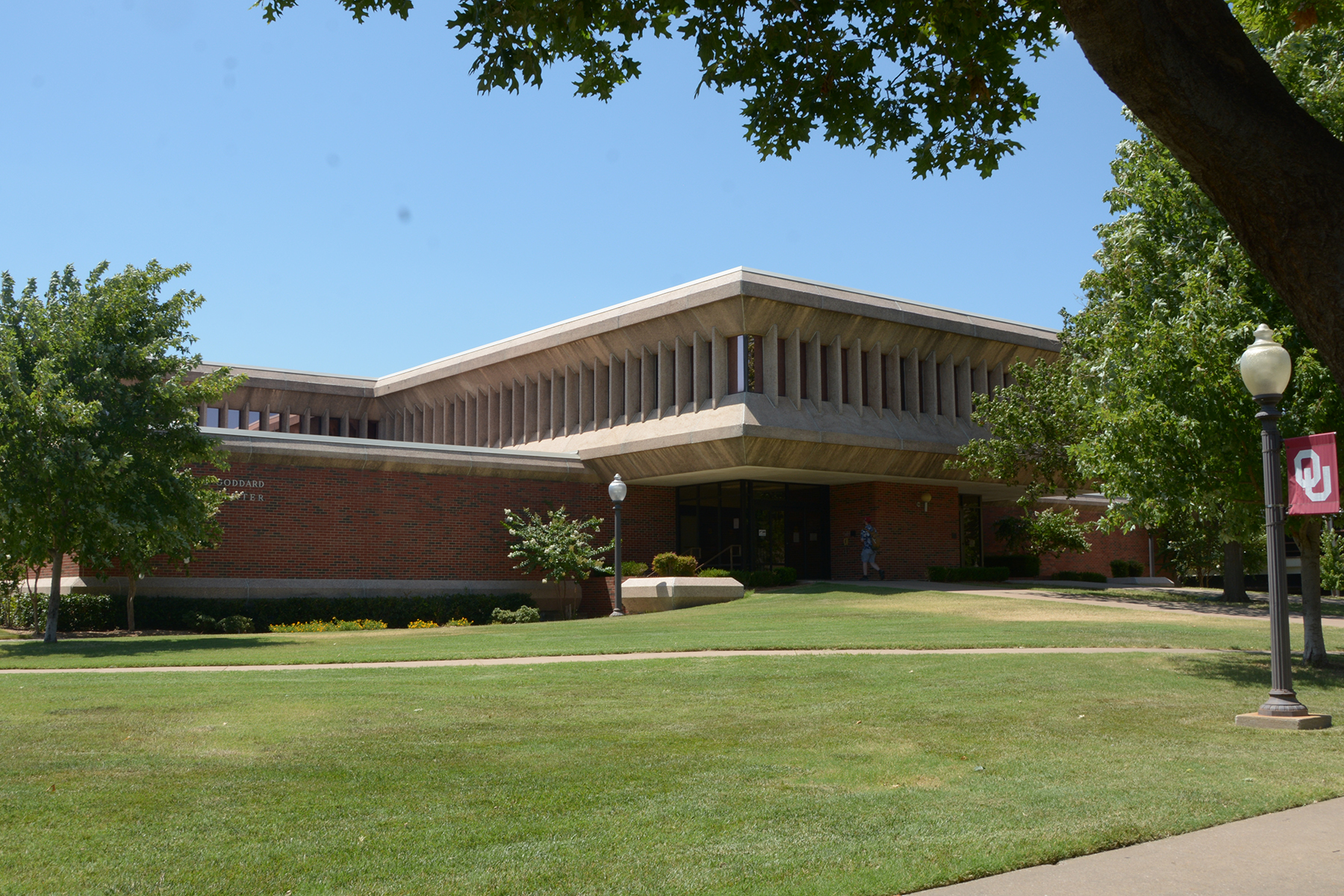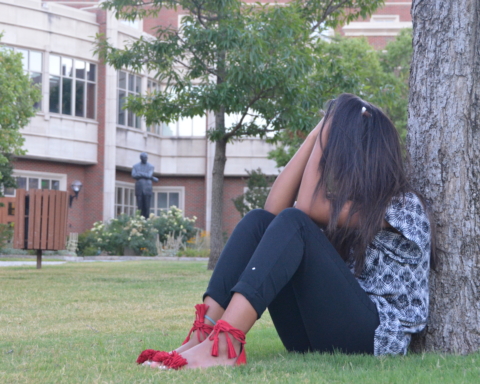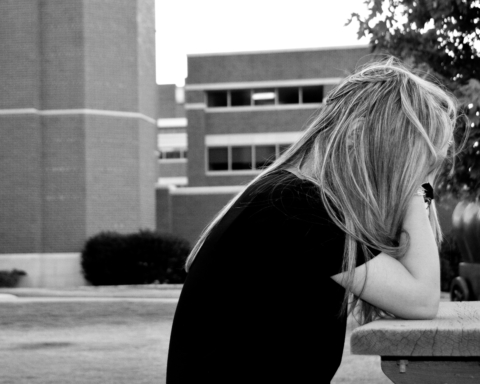Minority students in Oklahoma are suffering from marginalization, and it’s causing drawbacks in furthering their education according to a college official.
Koretta McArthur said she often has minority students come to her with the problem of marginalization on campus. She is the University of Oklahoma’s coordinator of special events for the Office of Diversity and Inclusion at Price College of Business.
“I have about three to four students who come each week talking about the treatment inside and out of the classroom.” McArthur said. “As a diversity officer, my job is to report and document to rectify these issues.”
Issues brought to the attention of not only McArthur and others rise as high as former President James Gallogly not always responding to racism on campus in swift and unequivocal fashion. Gallogly mainly focused on the university’s financial issues rather than its ongoing issues with racism. That added fuel to the tensions on campus.
According to the OU Fact Book, in 2018, the Norman campus’ student demographic makeup was about 58 percent white.
A study from The Journal Committed to Social Change on Race and Ethnicity’ says that marginalization creates an environment called minority stress. One of the most common minority stressors is the awareness of being the only minority in an area or classroom. This causes anxiety and pressure due to fear of acting in a way that could confirm an existing stereotype, known as stereotype threat.
McArthur said in her experience the top reasons why minority students may feel depression or anxiety attending a predominately white institution are the lack of diversity and the lack of understanding of each individual student.
“It all cycles back to the lack of diversity being taught and not being taught,” she said.
The Journal Committed to Social Change on Race and Ethnicity also showed that more than 60 percent of students who were interviewed felt their race was a factor in how they were viewed and treated. For instance, black individuals may fear speaking a certain way in a class due to being stigmatized as acting white.
“It’s very difficult to learn in an environment when you feel like the professor isn’t giving you what you need,” McArthur said. “You start to feel as if you’re having drawbacks because you feel as if they aren’t trying to reach you and sometimes from that your self-value suffers.”
“At a predominately white institution, the absence of minorities can result in poor academic performance on exams and assignments due to the lack of concentration,” McArthur said.
Also, a lack of diversity can make minority students feel uncomfortable.
Rising junior Christine Hoang, an Asian-American student who attends the University of Oklahoma, said she feels students may feel marginalized and vulnerable when outnumbered by the majority race.
“The main reason why there is the problem of vulnerability or social exclusion is because when there is more of the larger race and the less of us, it makes us feel like we have less power or less authority,” Hoang said.
Mental health is a significant topic, and is connected to marginalization. Marginalization can produce loneliness, which takes a toll on emotional well-being.
Hoang said she believes that a common feeling that may come from minorities on a certain level is depression.
“Ultimately I think it’s the feeling of not belonging or thinking that you don’t necessarily fit in,” she said.
There are many helpful ways to start combatting marginalization. A key step in making predominantly white institution environments better for minorities would be more minority representation, awareness and welcoming students from different backgrounds.
“I think OU does a pretty good job of implementing multicultural organizations that includes representatives that are here to help people,” Hoang said. “However, reaching out to more students who are less sociable and who are harder to reach out to, those are the people we should start focusing more on.”
The main goal, educators say, is for minorities to have a school environment where they feel comfortable so ultimately they can grow and become the best version of themselves.
William Kirwan, chancellor emeritus of the University System of Maryland, says in an article in Inside Higher Education that there are three primary reasons to continue success, including being competitive in the global economy, providing advancements and the “obvious educational benefit” of a diverse campus.
“A diverse campus community improves the learning experience for all students,” he said, “in ways that a more restricted culture simply can’t.”






